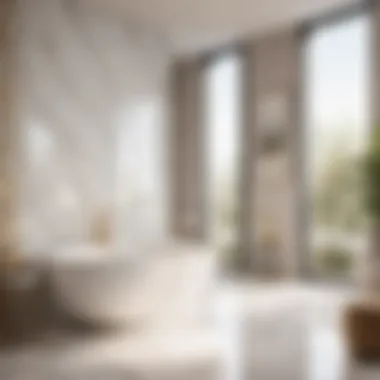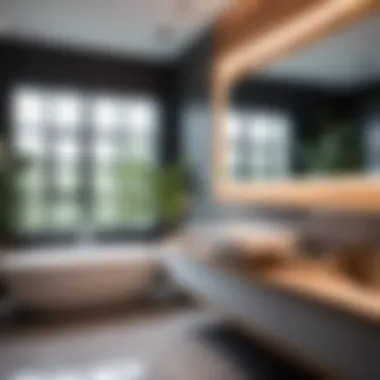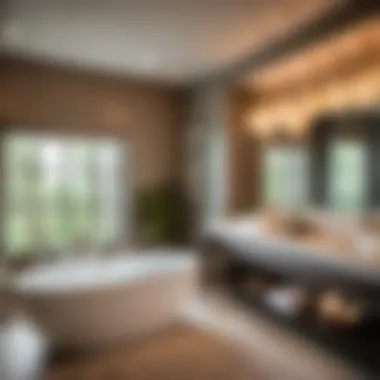Deciphering the Costs Involved in Bathroom Renovation


Materials:
- Tiles: Measure the bathroom area precisely to determine the amount of tiles needed. Choose high-quality, waterproof tiles for longevity.
- Grout: Opt for anti-mold and stain-resistant grout for easy maintenance.
- Plumbing Fixtures: Include a new sink, toilet, showerhead, and faucet. Prioritize water-efficient fixtures.
- Lighting Fixtures: Consider LED lights for energy efficiency and bright illumination.
- Cabinets: Measure the space for custom or pre-made cabinets, ensuring they fit seamlessly.


DIY Steps:
- Planning: Create a detailed layout of the new bathroom design, accounting for plumbing and electrical requirements.
- Demolition: Safely remove old fixtures and tiles, ensuring proper disposal of debris.
- Installation: Follow manufacturer instructions for installing new fixtures and cabinets with precision.
- Finishing Touches: Apply grout carefully, seal gaps, and test all fixtures for proper functionality.


Technical Aspects:
- Tools: Gather basic tools like wrenches, drills, trowels, and tile cutters for efficient workflow.
- Timing: Plan the project timeline considering drying times for grout and sealants.
- Techniques: Learn proper tile-laying techniques, waterproofing methods, and cabinet installation tips.


DIY Project Process:
- Tile Installation: Start from the center and work outwards for a symmetrical layout. Grout and seal the tiles for durability.
- Fixture Installation: Connect plumbing ensuring tight fittings and secure electrical connections for lighting.
- Cabinet Installation: Mount cabinets securely to walls, adjusting for levelness and functionality.
Troubleshooting Tips:
- Uneven Tiles: Use tile-leveling spacers for a uniform surface.
- Leaky Fixtures: Check for loose connections and reseal with waterproof caulking.
- Electrical Issues: Consult a professional if unsure about electrical wiring.
Have More Great Articles:







